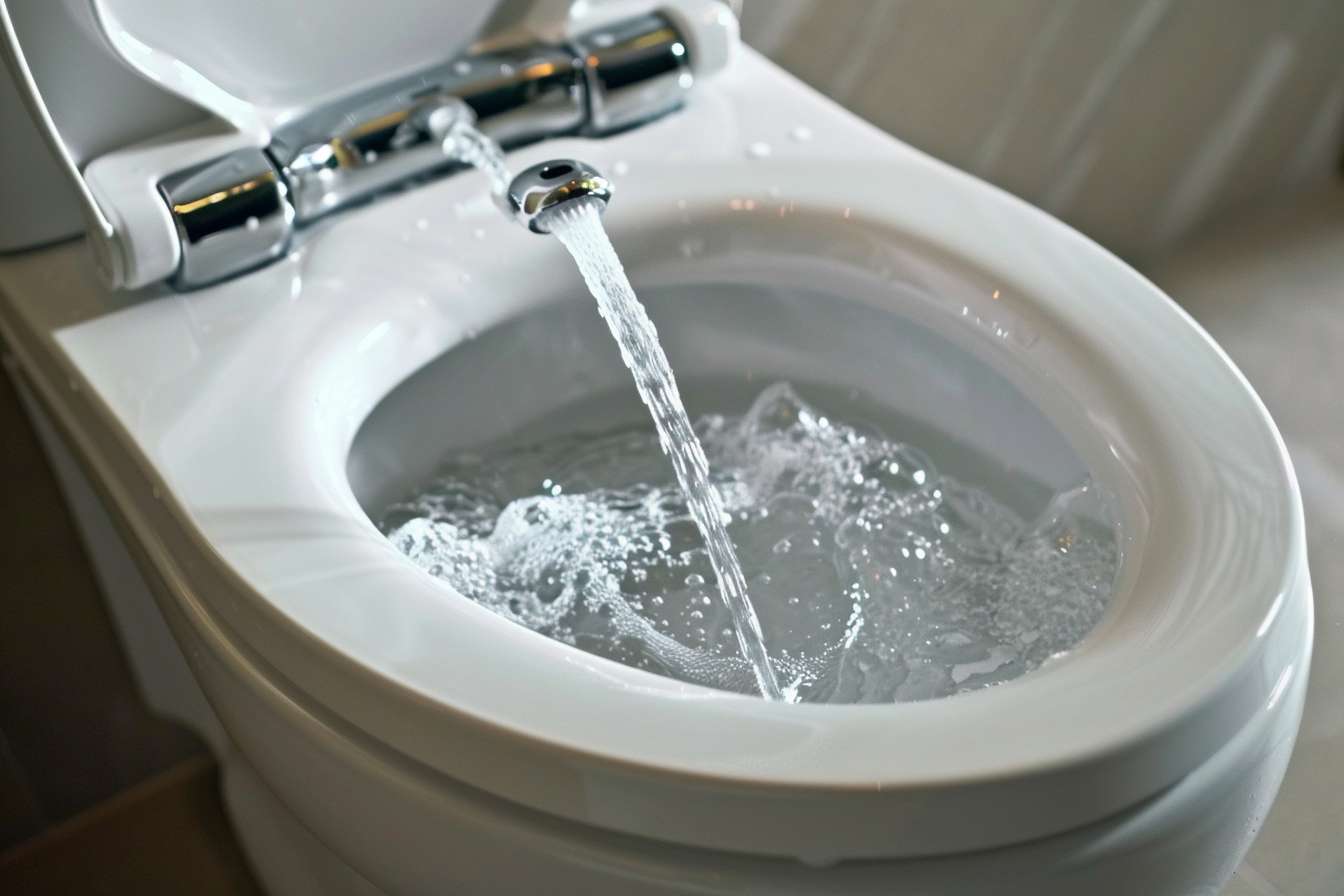The Japanese Toilet Revolution: Elevating Bathroom Comfort and Hygiene
The Japanese toilet, also known as a washlet or smart toilet, has revolutionized bathroom experiences worldwide. These advanced fixtures combine cutting-edge technology with user-centric design to offer unparalleled comfort, cleanliness, and convenience. From heated seats to customizable bidet functions, Japanese toilets have transformed the way we think about personal hygiene and bathroom luxury.

Many Japanese toilets come equipped with heated seats, a feature particularly appreciated in colder months. The temperature is often adjustable, allowing users to customize their comfort level. Some models even have air-drying capabilities, further enhancing the hands-free experience.
How do smart toilet features enhance bathroom experiences?
Smart toilets incorporate a range of high-tech features that elevate the bathroom experience. One common feature is the automatic lid, which opens as you approach and closes after use. This touchless operation promotes hygiene and convenience.
Many models also include built-in deodorizers that activate automatically, keeping the bathroom fresh. Some advanced units offer personalized user profiles, allowing multiple users to save their preferred settings for water pressure, temperature, and seat heating.
Another smart feature is the night light, which provides soft illumination for nighttime bathroom visits without the need for harsh overhead lighting. This subtle addition enhances safety and comfort during late-night use.
What are the hygiene benefits of using a bidet?
The bidet function in Japanese toilets offers significant hygiene benefits. Unlike toilet paper, which can leave residue and potentially spread bacteria, the water spray provides a thorough and gentle clean. This is particularly beneficial for individuals with sensitive skin, hemorrhoids, or other medical conditions that make using toilet paper uncomfortable.
The adjustable water pressure and temperature settings allow users to customize their cleansing experience for maximum comfort and effectiveness. Many models also feature oscillating or pulsating spray options for enhanced cleaning.
Additionally, the hands-free nature of bidet use reduces the risk of hand-to-body contact, potentially decreasing the spread of germs and bacteria. This makes Japanese toilets an excellent choice for maintaining optimal personal hygiene.
How do Japanese toilets contribute to water conservation?
While it might seem counterintuitive, Japanese toilets can actually contribute to water conservation. Many models feature dual-flush systems, allowing users to choose between a light flush for liquid waste and a full flush for solid waste. This targeted approach can significantly reduce water usage compared to traditional single-flush toilets.
The bidet function, while using water for cleaning, often results in a decrease in toilet paper usage. This not only saves trees but also reduces the amount of water required in the paper production process. Some estimates suggest that using a bidet can reduce toilet paper usage by up to 75%.
Furthermore, advanced Japanese toilets often incorporate water-saving technologies, such as low-flow options and precision-engineered flush systems that maximize efficiency while maintaining powerful cleaning capabilities.
What are the cost considerations for installing a Japanese toilet?
| Product/Service | Provider | Cost Estimation |
|---|---|---|
| Entry-level Washlet | TOTO | $300 - $600 |
| Mid-range Smart Toilet | Brondell | $600 - $1,000 |
| High-end Integrated System | Kohler | $1,500 - $6,000+ |
| Professional Installation | Local Plumber | $200 - $500 |
Prices, rates, or cost estimates mentioned in this article are based on the latest available information but may change over time. Independent research is advised before making financial decisions.
The cost of Japanese toilets can vary widely depending on the features and brand. Entry-level washlet seats that can be added to existing toilets are the most affordable option, starting around $300. These typically offer basic bidet functionality and heated seats.
Mid-range smart toilets with more advanced features like air drying, deodorizers, and customizable user settings generally fall in the $600 to $1,000 range. High-end integrated toilet systems with all the bells and whistles, including auto-flush, night lights, and even music players, can cost anywhere from $1,500 to $6,000 or more.
It’s important to factor in installation costs, which can range from $200 to $500 depending on your existing plumbing setup and whether you’re replacing a traditional toilet or simply adding a washlet seat. Some advanced models may require electrical work, potentially increasing installation costs.
While the initial investment may seem high, many users find that the long-term benefits in terms of comfort, hygiene, and potential water and toilet paper savings make Japanese toilets a worthwhile investment.
The Japanese toilet represents a significant leap forward in bathroom technology and personal hygiene. By combining advanced features like bidets, heated seats, and smart controls, these innovative fixtures offer a level of comfort and cleanliness that traditional toilets simply can’t match. While the cost of entry can be higher than standard toilets, the long-term benefits in hygiene, comfort, and potential resource savings make Japanese toilets an attractive option for those looking to upgrade their bathroom experience. As awareness of these advanced toilets grows, it’s likely we’ll see more homes and businesses embracing this technology, ushering in a new era of bathroom comfort and cleanliness.






